Affiliate Disclosure: We earn a commission if you purchase through one of our links at no additional cost to you.
We all need photography advice now and then. Sometimes you want to learn or research a topic. Maybe you’re venturing into a new area of your photography. We even ask for photography advice to confirm something we think we know.
Unfortunately, there’s a world of misinformation and bad photography advice waiting for you.
How do you know who to trust or what to believe? Is advice valid just because it’s repeated frequently, or is everyone wrong?
How to Recognize Bad Photography Advice
We’ll provide some common examples below, but there are a few things to consider when you’re asking for advice.
One of the first things is to consider the source. Many photographers like to go online and ask other photographers. While that’s not necessarily a bad tactic, what you often get for a result is either opinion or hearsay.
If it’s a legal issue, ask yourself one question.
Is the photographer I’m asking either a lawyer or otherwise have reason to be well versed in the legal question I need to ask?
In most cases, the random stranger on the Internet has neither qualification. That’s OK, too. The problem isn’t that we get bad advice from strangers.
The problem is that we’re asking people questions without real experience or training.
People like to help others. Some people like to seem helpful, even if they aren’t truly knowledgeable about the right answer. They just tell you what they’ve heard elsewhere or what seems like the right answer.
Model releases and copyright issues are some of the most common legal questions I’ve seen on photography forums. In most cases, the advice given is incorrect or incomplete. Some people use model releases on every photoshoot and think that it protects them, yet don’t know if they need them or have the right language on the form.
Another flag for bad advice is anytime someone tells you an absolute scenario. “Never” this, or “Always” that. These statements are generally indicative of a poor grasp of the subject at hand. I tend not to trust someone who can’t see both sides of a problem or issue.
Examples of Bad Photography Advice
Sometimes the bad advice comes as an answer to a question. Other times it’s just unsolicited advice that likely seems right on the surface, but doesn’t really stand up to scrutiny.
Here are a few examples I found on some photography groups online.
1: Can I post a portrait on social media without a model release?
This is a legitimate question, and the right answer is probably “it depends.”
Some of the answers were hilarious because the people who answered “yes” or “no” were vehement in their explanation for the user and didn’t come close to the purpose of a model release.
Let’s start with the first premise. Is posting on social media the same as publishing? Does it carry the same weight as publishing a photo in a book, magazine, newspaper or billboard? Now that’s a great question for trial. Fortunately, we’ve already had some trials.
The link above is from one of my favorite sources, Carolyn Wright’s Photo Attorney blog.
The article I linked to is about a copyright issue, but the heart of it is whether or not publishing online constitutes a legal definition of a published work.
Her article notes several court cases that remind me of online discussions. Lots of different answers. So the answer may depend upon which judge or jury hears your case, if your issue goes on trial.
Let’s assume that posting on social media is legally considered that the photo was “Published.” Does that mean you still need a model release?
Not necessarily.
The Purpose of a Model Release
A model release isn’t always necessary to publish. Generally, you need a model release only if the way the photo is published makes it seem that the person in the photo endorses the product, service, or organization. A model release would almost always be required if the use is for advertising. A model release is not needed for publishing the photo as news, or for artistic or editorial expression.
If you look at a travel photo showing crowds in a tourist area, think about this. Did they get a model release from everyone in the photo?
Of course not.
The answer of posting a photo on social media with or without a model release depends upon the context of the photo. Is the person appearing to endorse a product, service or organization? If so, then I’d like to have a model release. If not, it’s a photo for news, artistic or editorial expression.
Other Times You May Want a Model Release
Remember, a model release is not about permission to take photos. It’s about an agreement that allows you to publish those photos.
Even if you have no commercial intent at all with your photos, many portrait photographers agree that a model release is a good idea. Why?
It’s because a signed model release demonstrates that an adult (children cannot sign legal documents) made a decision authorizing the use of the photos for some sort of publishing.
On occasions, there are models who come back years later with regret for the photos that you took, and they demand that you take them down.
Such demands are unreasonable. If I published the photographs in a book or magazine, I can’t go ask everyone who bought a copy to tear out that page. If I used the photo in a video demonstration for portrait retouching, I shouldn’t have to take that product offline.
My reply is to show the signed agreement and remind the model that he or she made an adult decision when signing the release. Most understand. Some insult my parentage and say mean things about me, but that’s usually the end of it.
2: Walgreens won’t print “professional photos” without a release from the photographer. How do I create a release?
Imagine if you took your photos to a printer. They were so impressed with the quality of the photos that they didn’t believe you were the person who took them.
How insulting.
There are a lot of problems with this question. First, there is no relationship between the quality of a photo and if it’s a “professional photo.” A pro is someone who gets paid. Some amateurs do better work than some professionals, and vice versa.
One answer to this question was amusing to me.
A: Go back and tell them that professional photos have a watermark. They’re legally required to get a model release if the photo has a watermark. Otherwise, it’s OK.
I’d love to know where this person got her law degree. Surely, a course in law school must mention the magical legal powers of watermarks.
I see a lot of professional photos in publication. I’ve even sold some of them. At no time did I ever add a watermark or do I typically see professional photos published with watermarks.
Many amateurs like to watermark their photos on social media, but that doesn’t mean it’s a professional photo or there is a model release required.
In this case, I would just go to another printer. It’s not like Walgreens is the professional photographer’s choice printing service for professional photos. My preference is Miller’s/MPIX. There are other fine printers available online and perhaps in your local area.
Now let’s get into some frequently repeated, yet totally unsolicited advice.
3: Shoot as Many Photos as You Can
You can follow this advice and never learn a thing about good photography. Instead, you get a lot of bad photos. This advice places emphasis on quantity over quality.
I would rather encourage someone to slow down. Take some time to think about the photo you want to create. Spend some time on composition, lighting, color, emotion and story.
I guess that the intent behind this advice is that progress depends upon experience. I agree with that idea. Yet the statement doesn’t mention anything about gaining experience or concentrating on quality.
Incomplete advice is bad advice, in my opinion.
4: Buy Expensive Gear
Good news! According to the people who shared this advice, you CAN buy your way into taking great photos.
My own experience suggests otherwise. That’s because I spent a LOT of money on some really nice gear, but that gear didn’t come with instructions on how to make more artistic or beautiful photos. Some of them were just blurry.
The time to buy gear is when you need to solve a problem that your current equipment can’t handle. If you start with a camera and a 50mm lens, it’s a great combination to make some wonderful photos. Again, concentrate on your subject, get an interesting background and use good light. Tell a story.
Gear comes into play when you need to change how you present your subject. In the podcast episode, I mentioned sports photography as a good example where expensive tools are typically par for the course (sports metaphor about sports photography!).
If you need to shoot a running back breaking through the line somewhere down the field, you need a BIG lens and it’s going to cost a lot of money.
If you want to take a nice portrait of a friend, you can do it with your inexpensive DSLR and a 50mm lens. Your creativity and vision will make more of an impact than a 70-200mm zoom lens.
5: Don’t Shoot in Bad Light
The International Standards Organization has yet to publish a definitive reference on what constitutes bad light.
Typically we think about midday sunlight as bad light. That’s bad news for all those sports photographers who have to cover events during the middle of the day, isn’t it?
They can’t be pros if they shoot in bad light.
Yet, that’s exactly what professional sports photographers do. A lot of other photographers also shoot in bad light. That’s because they realize a few things.
First, bad light is relative to your subject. What’s good light for one subject may be bad light for another. If I want to show off a really fit athlete doing what they do best, hard light (e.g., bad light) may be the best way to do it. Do you want to see a Highlander carrying logs lit by a soft box?
Second, you can modify light. A lot of swimsuit photography actually happens on the beach with bad light. So they use reflectors and/or silk diffusers to shape the light that hits their subject.
Finally, sometimes you just have a job to do and any light is good light. I told a story from a Joe McNally presentation on one of his workshops that I attended. He took a photo of an ambulance company loading a patient in harsh snow conditions.
The shot had on-camera flash, yet it was good enough for publication. It showed their customers that the ambulance will show up, now matter how bad it is outside. This photo wasn’t staged with actors. He rode along and photographed a real patient. You don’t jeopardize someone’s life or safety by delaying them so you can set up lights. You get the shot with the light you have.
6: Don’t Put the Subject in the Middle of the Frame
Generally, we like our subjects to be slightly to one side or another. It’s often interesting to do that, to give them some room in the photo.
However, there are sometimes when placing your subject in the middle of the frame shows power, dominance and presence. It may not be right for every subject, but that doesn’t mean this rule is absolute.
This often works best with a clean background and a truly engaging subject. It could be a building, a person or even an eggplant.
If you have a bad-ass eggplant that you want to show off, try putting it in the power position right in the middle of the frame.
7: Never Use On-Camera Flash
Another absolute statement, which reveals it’s bad photography advice.
Generally speaking, direct on-camera flash is unflattering, flat light and we try to avoid it. Yet who says on-camera flash has to point at your subject?
Find something to bounce the light and it can be very flattering light. You can bounce light off a white wall on your side or behind you. Use a reflector to bounce the light.
I already mentioned an example above of using on-camera flash to get a photo good enough for an advertising campaign. I suspect the person who came up with this advice never sold an ad campaign photo.
The problem with this photography advice is that it’s generally true, but taken to an extreme or absolute. It shows that the people who repeat this advice, and some of the other advice above, haven’t really thought it through.
Don’t Take My Photography Advice
It’s hard to write an article like this without thinking about the value of my own advice.
I try not to share advice when writing or speaking on the podcast. Instead, I try to share experiences. It’s not my place to tell you about something I haven’t done or observed. I’m happy to relay advice I received from others based upon their experiences.
Had Joe not shared his experience with the group attending a workshop, I wouldn’t have relayed it here. If Carolyn Wright wasn’t an established attorney working with photographers in copyright law, I wouldn’t share her posts.
I do so because both are experienced professionals in their field with a proven history of success and some failures. We learn from both.
Everything else is my own first-hand experience, not advice I picked up somewhere along the way from a source I didn’t know.
I think photography advice is a starting place to answer your questions. Before you take action based upon the advice, you need to know why you should trust the person who shared it with you, and why it’s the right answer before you use it.
Trust, but verify.
Subscribe to I Like Your Picture
Thank you for listening to I Like Your Picture. Make sure you get every episode by subscribing. You can find more subscription options on the player above. Just clicks the three dots inside the circle on the right side of the player and look in the Subscribe option.
iTunes – https://williambeem.com/itunes

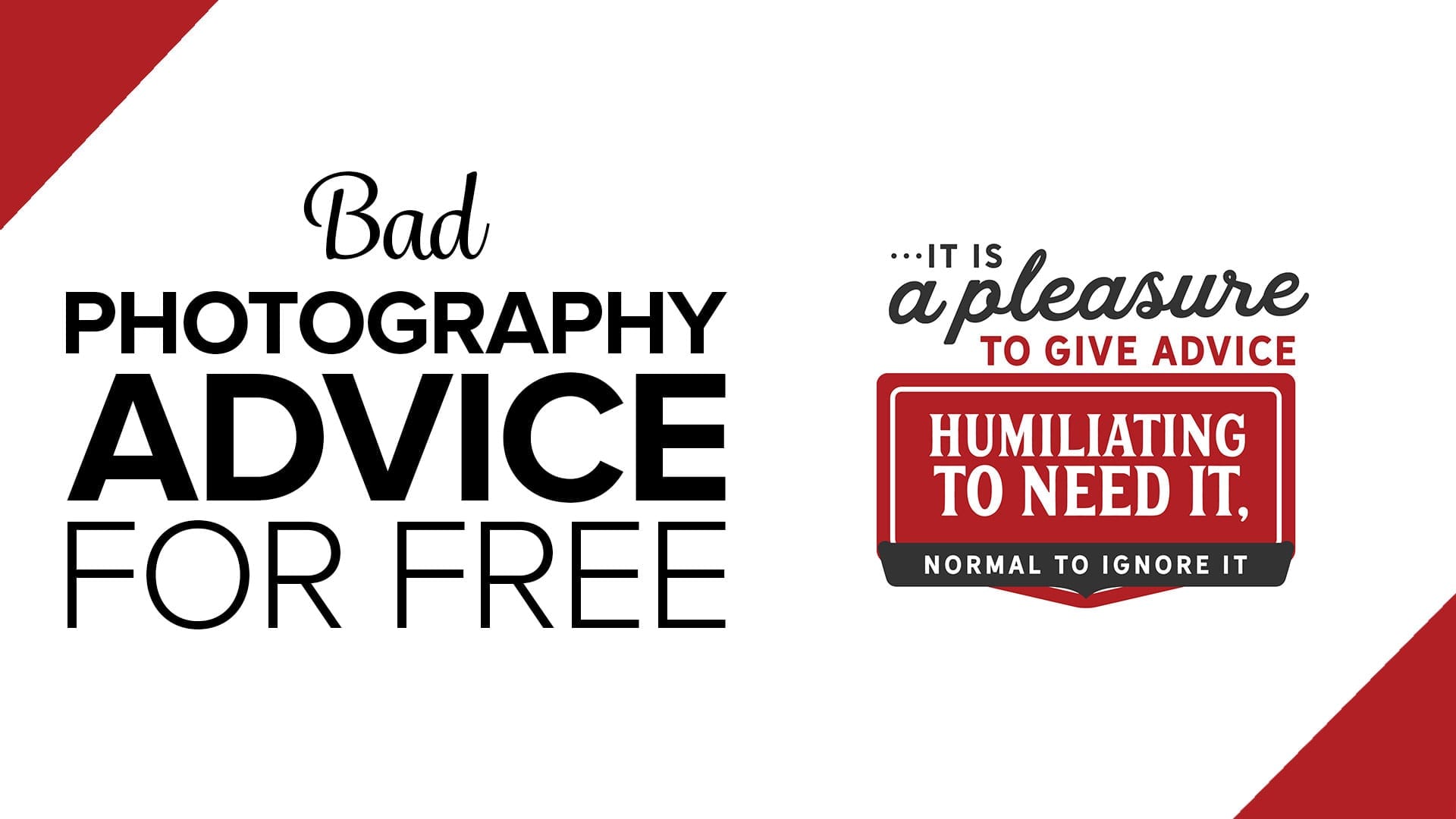
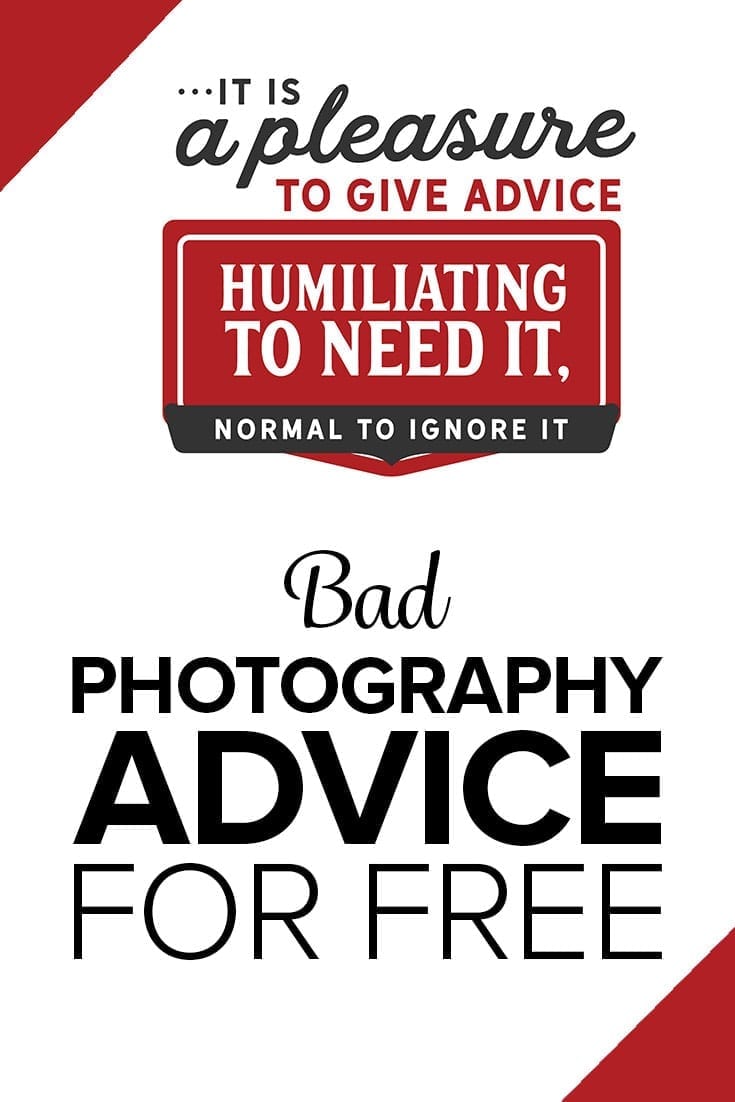
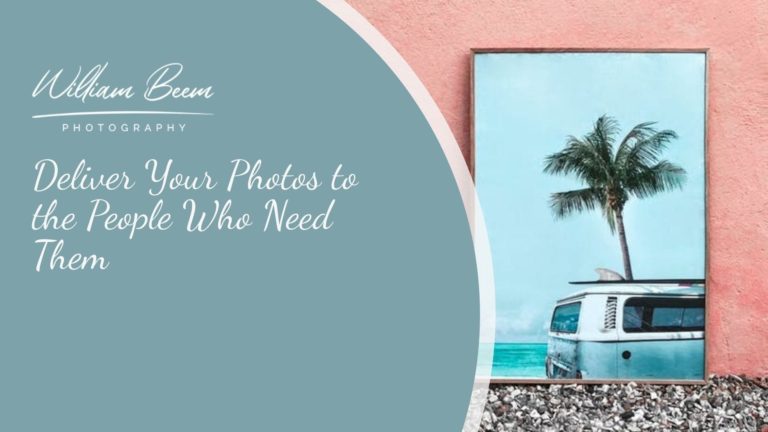
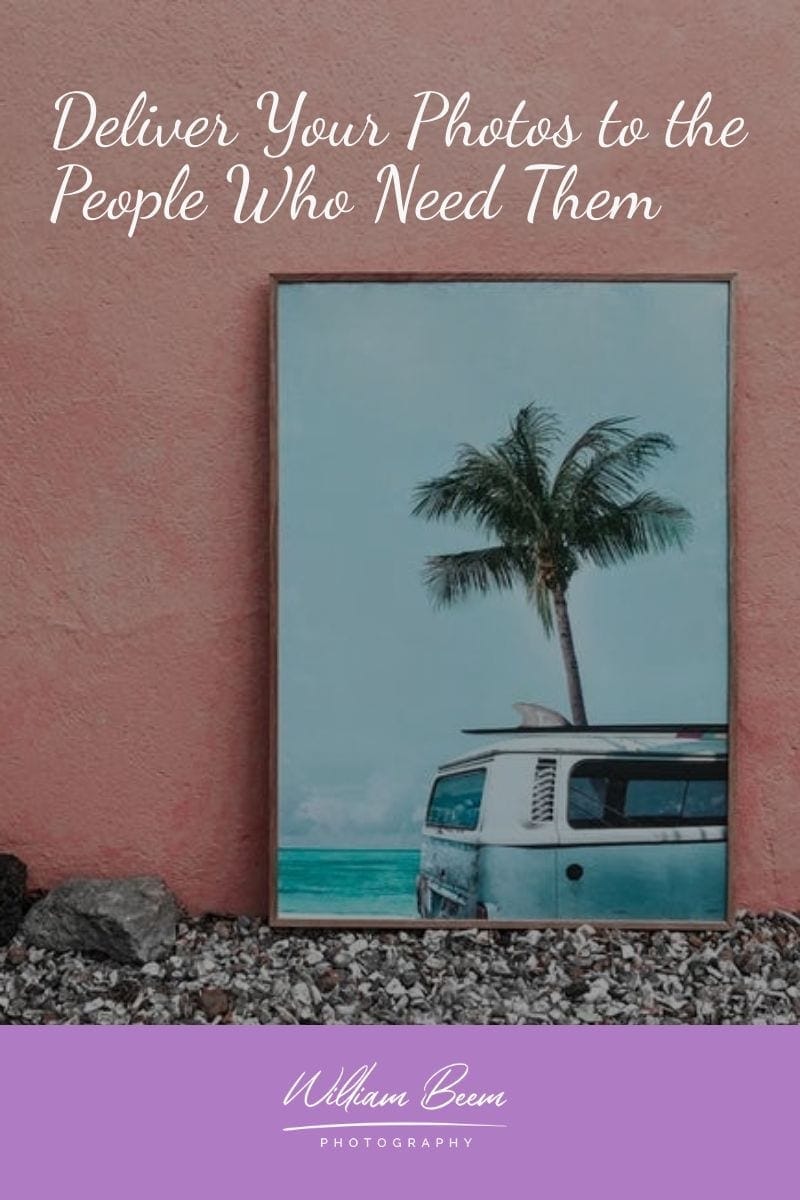
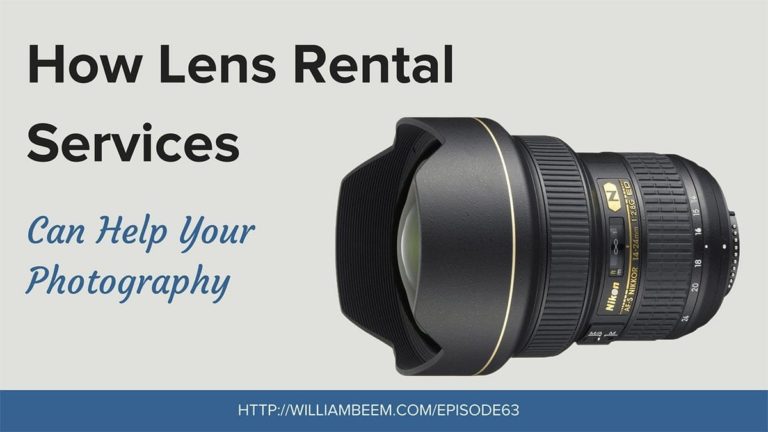
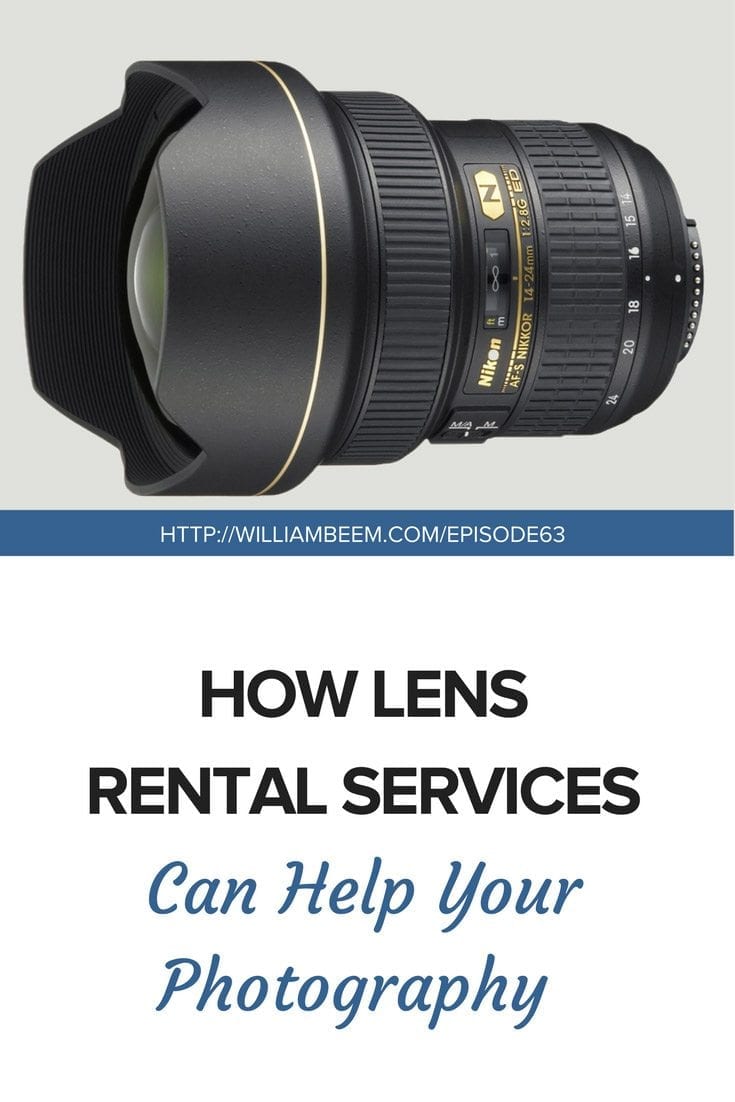
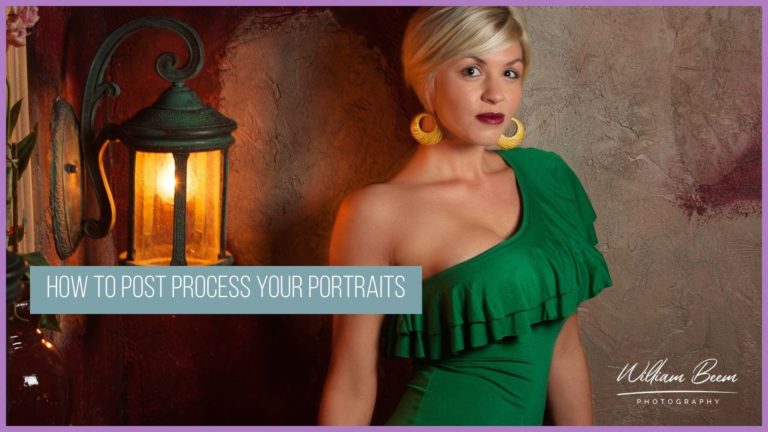
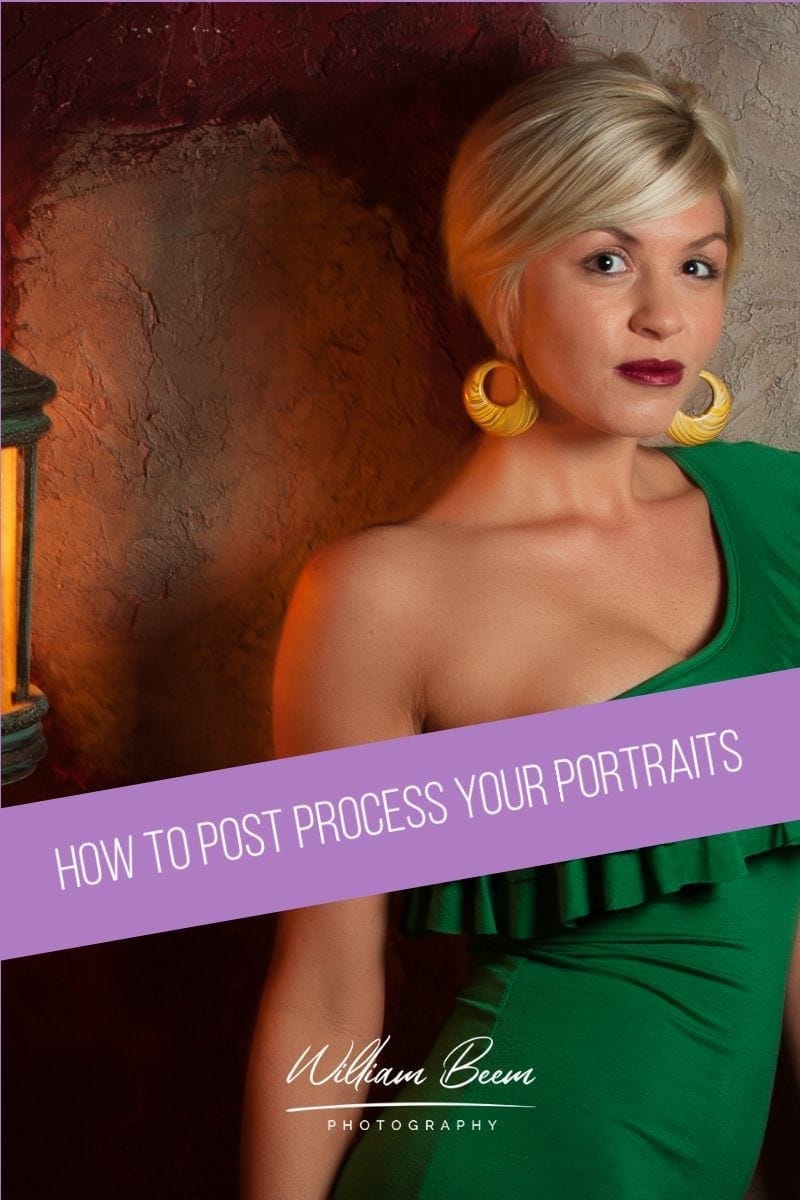
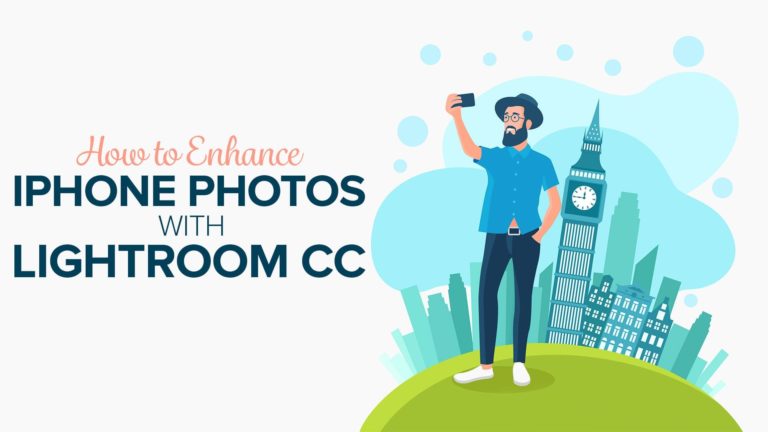
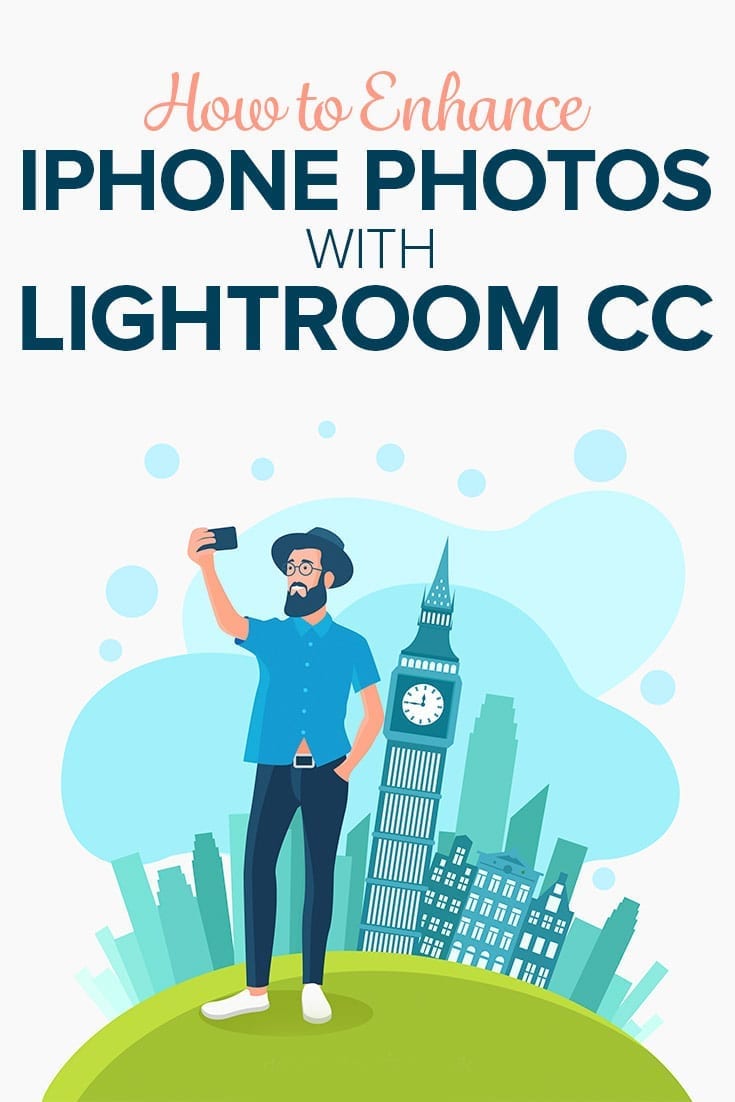
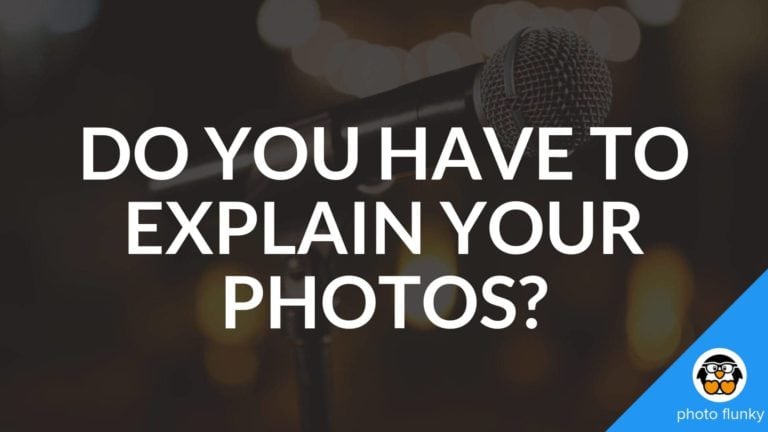
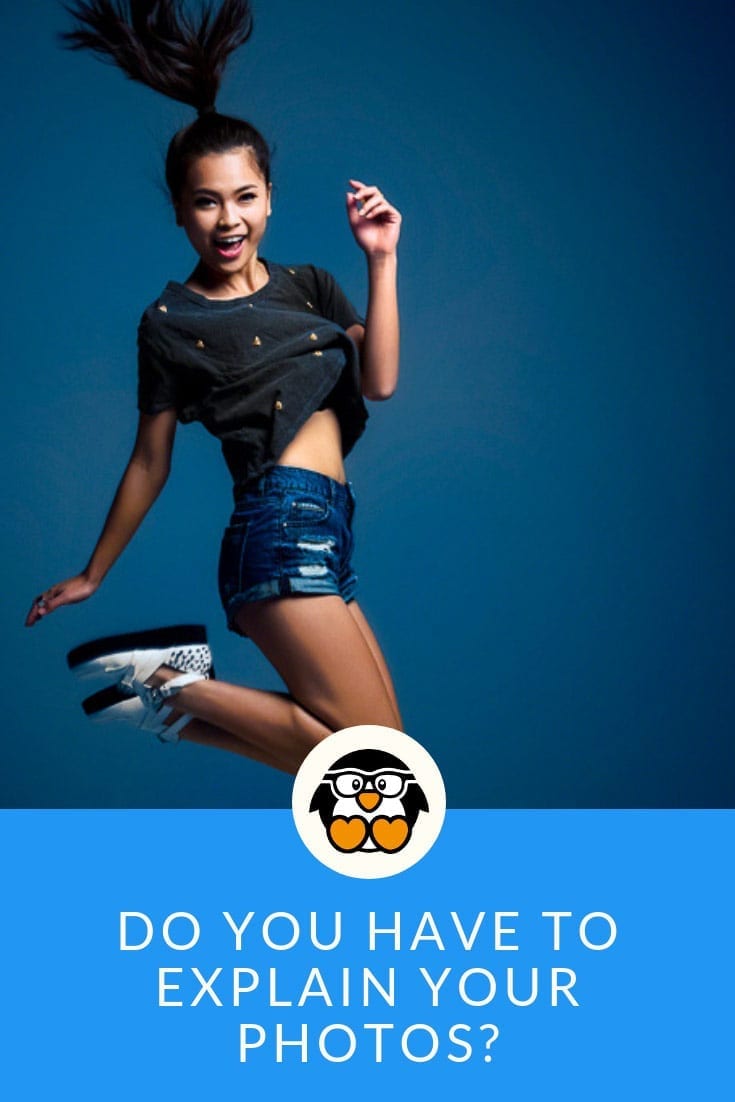
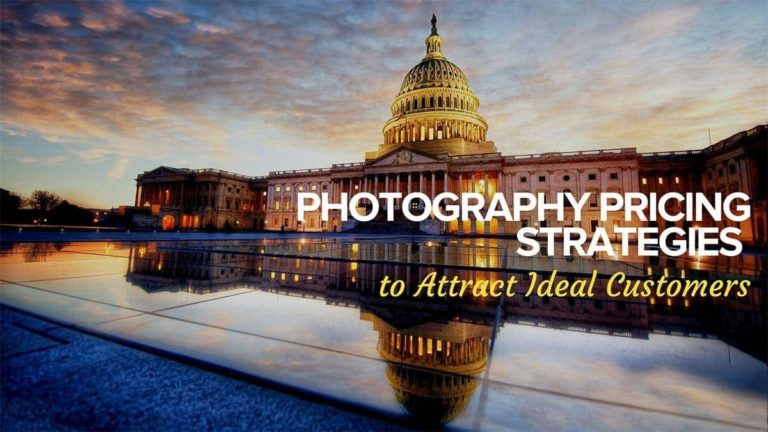
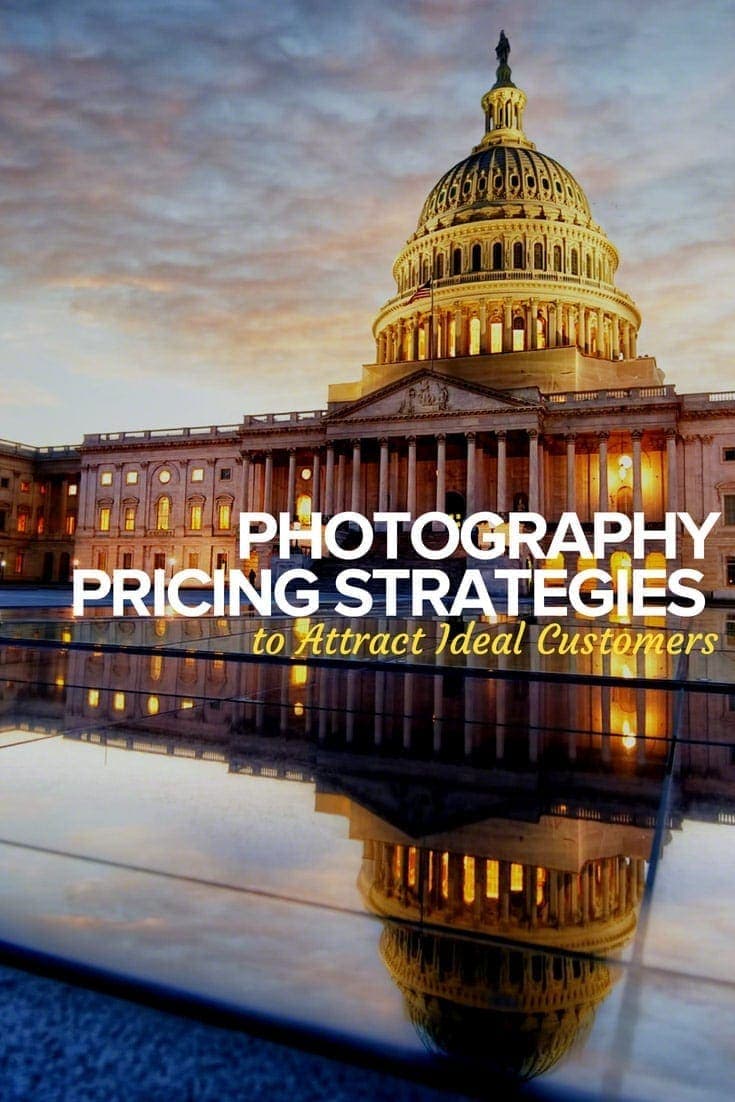
Wait…so you’re saying that not everyone is an expert? There are so many!
Yes, so many experts! The question to ask is, which expert is right for you? Sometimes I enjoy searching for questions just to see what answers come from it.
“There are a lot of problems with this question. First, there is no relationship between the quality of a photo and if it’s a “professional photo.” A pro is someone who gets paid. Some amateurs do better work than some professionals, and vice versa.”
Nice that at least one other person on the internet realizes that “professional” does not necessarily mean “superior”